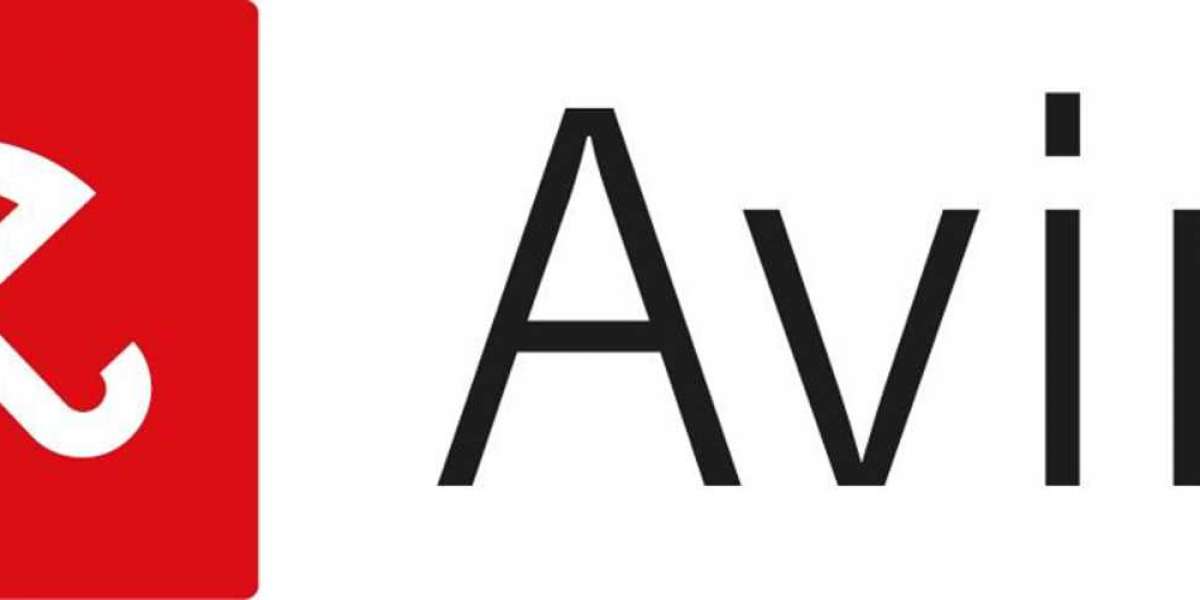Building thermal insulation is an essential element in construction that helps regulate indoor temperatures by minimizing heat transfer between a building’s interior and exterior. This not only improves occupant comfort but also significantly reduces energy consumption, leading to lower utility bills and a smaller carbon footprint.
Thermal insulation materials work by slowing down the conduction, convection, and radiation of heat. When properly installed, they create a barrier that keeps heat inside during the winter and outside during the summer. This temperature regulation reduces the load on heating, ventilation, and air conditioning (HVAC) systems, enhancing their efficiency and lifespan.
There are several types of thermal insulation used in buildings. Fiberglass, foam boards, spray foams, and mineral wool are among the most popular. Each material offers different thermal resistance values, measured in R-values, which quantify their ability to resist heat flow. Higher R-values indicate better insulation performance, and selecting the right R-value depends on the climate and building design.
Thermal insulation is applied in various parts of a building including walls, roofs, floors, and foundations. Roof insulation is particularly important as heat tends to escape through the top of the structure. Wall insulation provides an additional thermal barrier and often incorporates vapor barriers to prevent moisture accumulation that can damage building components.
Sustainability is a growing focus in the thermal insulation industry. Many manufacturers now offer eco-friendly products made from recycled or natural materials such as cellulose, cork, or sheep’s wool. These not only improve thermal performance but also contribute to healthier indoor air quality by reducing volatile organic compounds (VOCs).
Installation techniques have advanced with innovations like spray polyurethane foam, which expands to fill gaps and create an airtight seal, enhancing the overall insulation effect. Proper installation is crucial since gaps, compression, or improper placement can dramatically reduce insulation effectiveness.
Besides thermal benefits, good insulation also helps with soundproofing, increasing privacy and reducing noise pollution inside buildings. Fire-resistant insulation options add another layer of safety, making buildings more resilient in emergencies.








